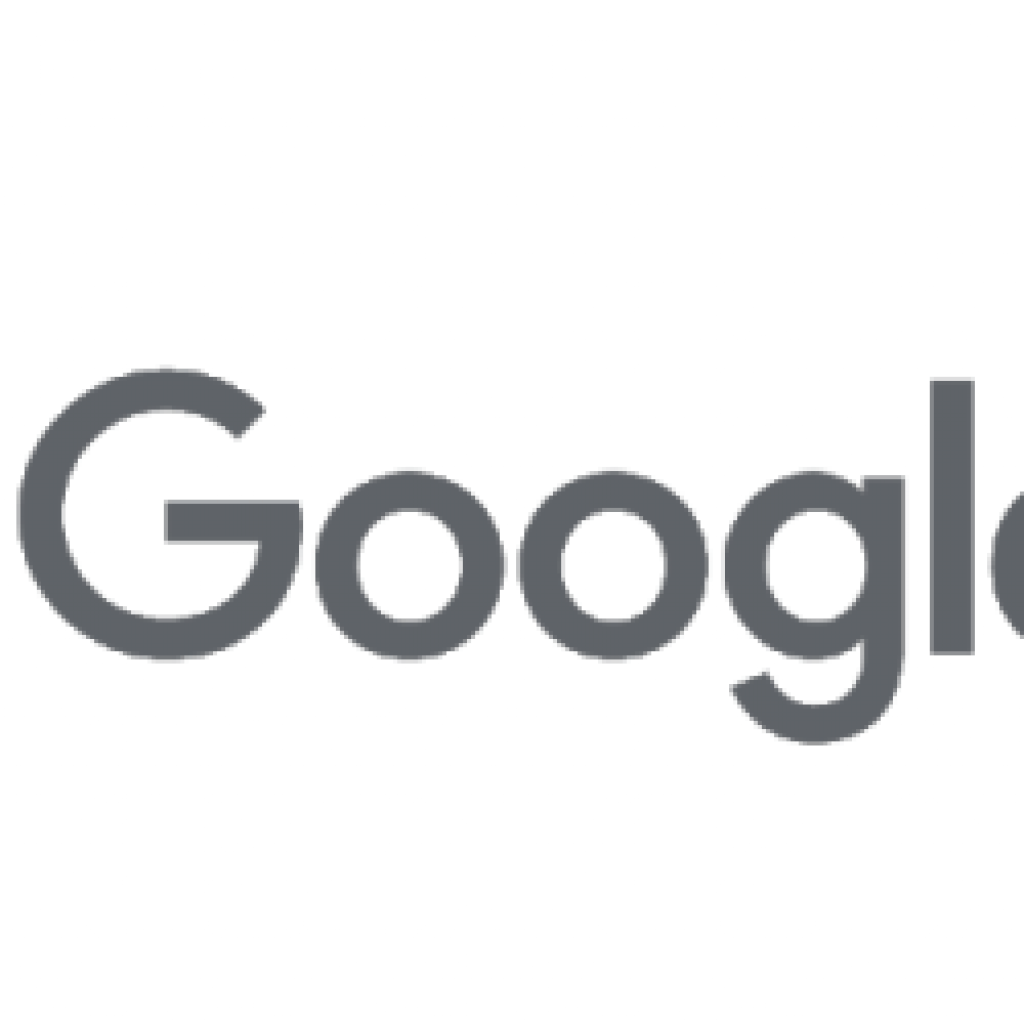(VentureBeat) Google researchers have demonstrated how quantum computing techniques can be used to classify 28-pixel-by-28-pixel images illuminated by a single photon in a new tutorial. By transforming the quantum state of that photon, they show they’re able to achieve “at least” 41.27% accuracy on the popular MNIST corpus of handwritten digits — a 21.27% improvement over classical computing approaches.
The work, shows how textbook quantum mechanics can shed new light on AI problems, considers the maximum achievable classification accuracy if an algorithm must make a decision after spotting the first “quantum” of light (i.e. photon) passing an LCD screen revealing an image from a data set. On MNIST, the most classical computing can accomplish is detecting a photon that lands on one of the image’s pixels and guessing at the digit from the light intensity distribution, obtained by rescaling the brightness of every image to a unit sum.
Quantum computing is poised to significantly advance the field of AI and machine learning, some predict. “Machine learning and quantum computing are two technologies each with the potential for altering how computation is performed to address previously untenable problems,” the coauthors of the original study in Nature paper wrote. “A core element to computational speed-ups afforded by quantum algorithms is the exploitation of an exponentially large quantum state space through controllable entanglement and interference.”
Google Researchers Use Quantum Computing to Help Improve Image Classification
